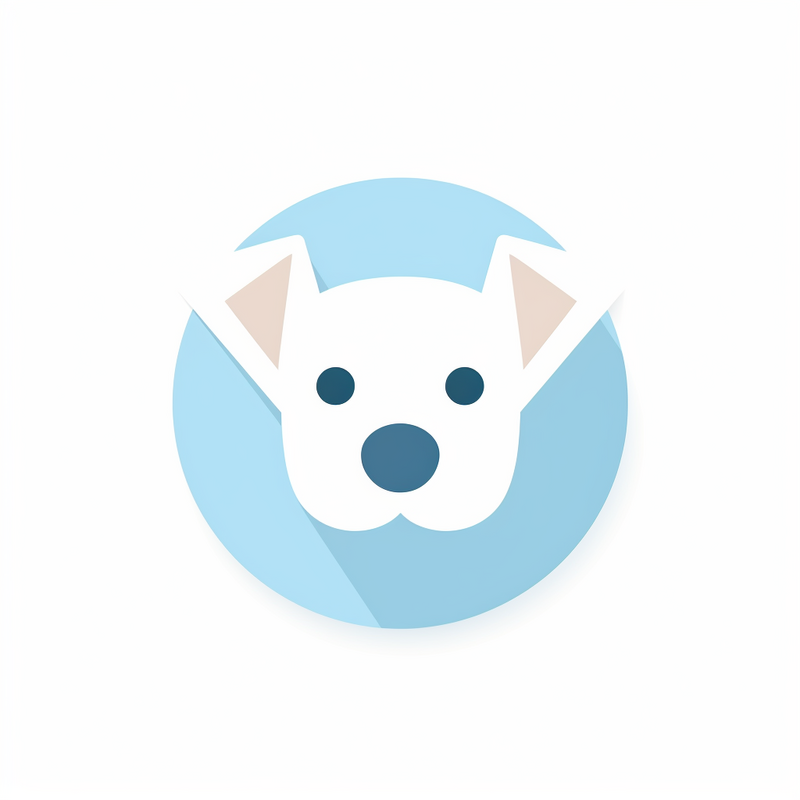
Updates and analyses on trends in the pet insurance industry in Australia, including new product launches and changes in regulations.
market has witnessed significant growth in the past few years; however, due to the outbreak of the COVID-19 pandemic, the market is projected to witness a sudden decline in 2020. This is attributed to majority of the diagnosis and veterinary centers being closed due to lockdown implemented by various governments.
market analysis of the Market delves deeper into the market dynamics, focusing on factors such as market drivers, challenges, and opportunities. It explores the macroeconomic and microeconomic factors affecting the market, regulations, and emerging market .
report focuses on the market size, segment size (mainly covering type, application, and geography), competitor landscape, recent status, and development .
Expert market research on the Supplies Retailers in (2024-2029). Make better business decisions, faster with IBISWorld's market research reports, statistics, analysis, data, forecasts.
growth and of provide a holistic approach to this study. Market Segmentation This section of the market report provides detailed data on the segments at country and regional level, thereby assisting the strategist in identifying the target demographics for the respective or services with the upcoming opportunities.
is rapidly evolving, adapting to technologies and changing owner expectations. ... Here's a glimpse into the emerging potential future developments in this sector. Emerging . Wellness Coverage: More insurers are beginning to offer wellness plans that ...
Health giants Bupa and Medibank are among the 20-plus insurers now operating in but there are big differences between insuring your own health and that of your furry friends.
Tel. +1 212 419-5774. Mon - Fri, 9am - 6pm (EST) care in - Get the report with graphs and tables on statista.com!
Over the past few years, the has experienced notable growth and improvement through various measures adoption of artificial intelligence, machine learning, and data analytics, enabling insurers to better predict, prevent, and manage claims. Laurence Basell, Chief Operating Officer, shares the insights that have been key drivers for the ...
outlook. The expectation of increasing frequency and severity of natural hazards, rising reinsurance costs, increasing inflation, supply chain issues and labour shortages will continue to put upwards pressure on premiums pricing. It is anticipated that on average, premiums will rise by at least 10 percent throughout 2023.
is Zealand's leading service for the . Open Search Search for: Search Menu. Home; ; Directory; Magazine; Podcast; Subscription; Advertising; Contact; Celebrating 100 years of veterinarians in NSW. Purina PetCare leads Nestlé's growth in 2023.
Australian ownership rates remain high, with around 6.9 million households owning 1 or more . Australians now have an estimated 28.7 million total, outnumbering the country's human population of 25.8 million. commissioned by Animal Medicines (AMA), is the country's most comprehensive population survey, with findings from nearly […]
is undoubtedly a nation of animal lovers, with dogs and cats as the most popular choice of four-legged companion. Nearly half of all households in the country own a dog, and a similar ...
"Our research suggests that market growth is part of the global of humanisation of , where many consumers see their dog or cat as a member of the family and need to plan ...
Your breed and age affect pricing. age at a more rapid rate than humans - as one human year is equivalent to around 5.3 dog years. The accelerated rate at which age increases the likelihood that they'll need veterinary care. There is a significant change in risk profile over a 12-month period. While experience ...
2021, the market was valued at around U$7.9 billion. This is estimated to increase by a compound annual growth rate (CAGR) of 7.1% between 2022 and 2023.
Australians can expect to pay an average of $500-$600 per veterinary visit. People with cats may pay around $1,000 in each year, whereas dog owners can expect double that amount. $4.7 billion was spent on veterinary care in 2022. Australians spent $1.1 billion on 2022.
is regulated as a property and casualty line of business: inland marine. is similar in nature and coverage to human health ; however, are legally considered personal property and therefore is regulated as a property and casualty line of business. The National Association of ...
market size of the is $3.2 billion. (IBIS World) Between 2012 and 2021, the market size of has grown on average 4.3% every year. However, the increase in market size from 2020 to 2021 is predicted to be 11.6%. The performed much better than other sectors of the Australian ...
Whether you are a owner in or a seller, brushing up on these statistics will help you to anticipate the oncoming Australian . Top 15 Statistics. has over 29 million . supplies market size is nearly $4 billion. Around 40% of ...
average annual spend for each dog, inclusive of , is estimated to be $3,200, while the comparable figure for each cat is close to $1,700. However, it is worth noting that the cost of represents only 5% [1] of the annual bill for both dog-owners and cat-owners. generally cover a ...
From an independent survey of more than 2,000 Australian owners as to whether they paid between $50-$300 per month for , Rous found that the majority were actually paying $150 ...
Finder research revealed that a third (36%) of Australians welcomed a into the family over the last 12 months. The data shows that 42% of Aussies now have at least one dog and 30% have at ...